UPDATED 3Jul2020 + video: Forging metal is not a mainstream hobby, and it never will be. That said, there are still thousands of people with a little bit of garage space and hidden talents that could be used to create beautiful and useful things with a hammer, some metal and an anvil. Perhaps you’re one of them and you don’t even know it. Check out my video, below, on my forging setup, then read on for more details.
If the idea of heating and shaping metal sets off a flicker of interest in you, I’d bet you’ve got some blacksmith in your soul. I pounded my first piece of red hot steel in 1987, as part of a horseshoeing diploma I earned at college. I’m surprised by how many people are fascinated when they see the propane forge and anvil that I bring to tool shows, or when they see the action in my workshop. Forging is definitely an under-appreciated craft.
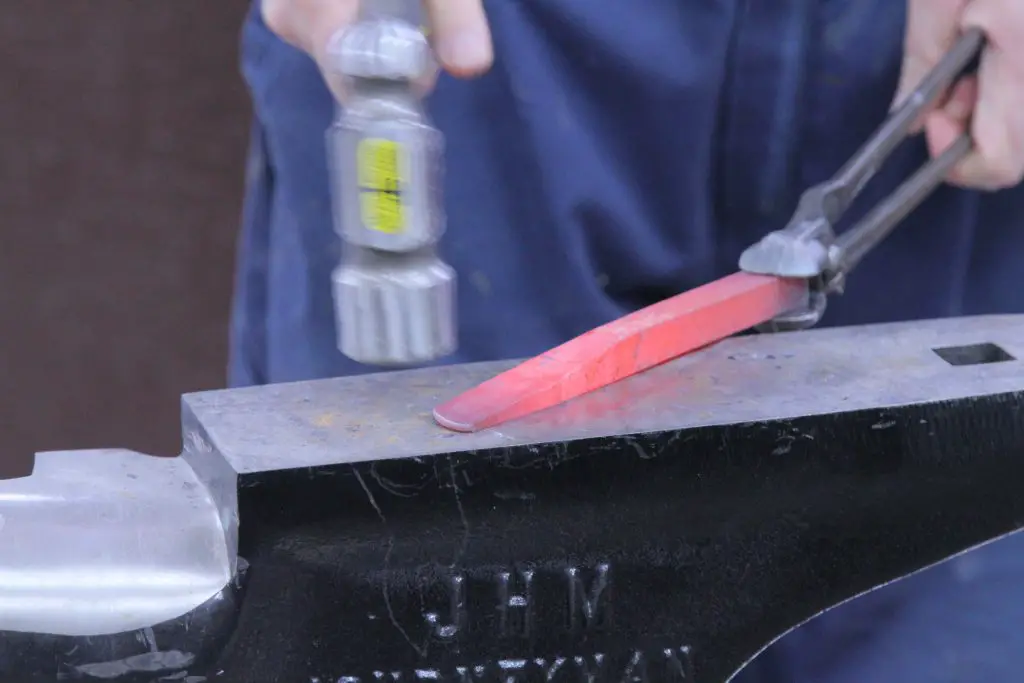
Forging involves heating and shaping metal with hammer blows, and the process is entirely different than welding. Simple, clean equipment exists that make forging a viable creative option for even the smallest of well ventilated spaces. But before I introduce you to the tools and techniques I use, consider a question.
Have you ever met a young child who didn’t like to create things? I haven’t, at least not before video game addiction sets in. Though plenty of grown-ups claim they’re “just not the creative type”, I don’t buy that argument. Some kind of creativity is part of being a human being. Trouble is, somewhere between toddler and teenager, things often happen that shut down the creative drive in many people. A lack of encouragement from a parent can do it. Loss of confidence that comes from struggling with improper materials and equipment is certainly a factor too. The distractions of our electronic age may be the biggest reason a lifestyle of creativity is enjoyed by too few people these days.
Whatever the cause, rekindling a passion for making things offers benefits that go way beyond the finished product itself. And when it comes to forging, all you need are a few tools to get started.
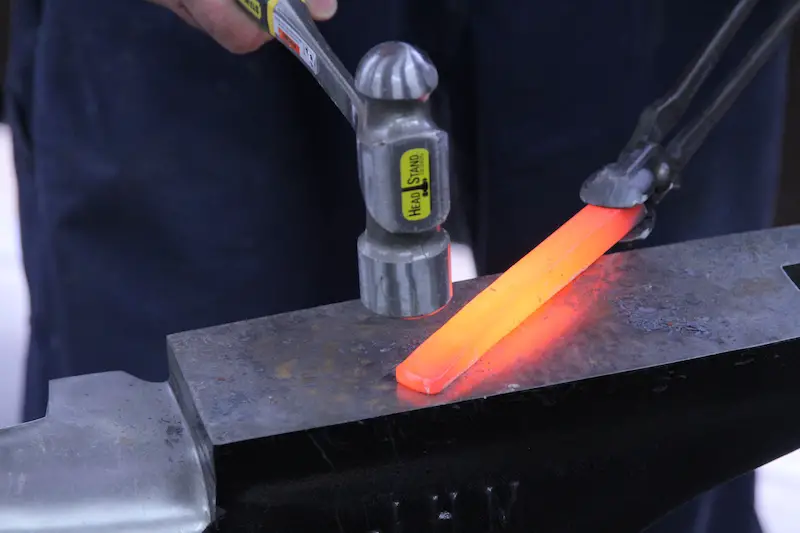
Heat steel red hot in a forge so it’s soft, hold it on an anvil with a pair of tongs, then hit the steel with a hammer and form it into shapes you want. This is forging, but don’t be fooled. Like many things in life, the simplicity of the description hides both the challenge and the possibilities.
You won’t find forges and anvils at your local hardware store, though the forging community is larger and wider than you might think. That’s one reason finding tools is easy when you know where to look. And as it turns out, a small firm in British Columbia, Canada makes some of the best forges I’ve seen anywhere.
The one I use comes from Mighty Forge (www.mightyforge.com; 250.710.3494) and there are specific things I like about it. Besides being compact (it’s about the size of a small microwave), my forge is also light enough to carry easily, very powerful and surprisingly quiet. You might not think that a forge that operates on propane could ever be loud, but most are quite loud, in fact, in a jet-taking-off kind of way. The quietness of the Mighty Forge, by contrast, makes it much more pleasant to use than the roaring gas forge I learned on at college. A 20 lbs propane tank of the sort used to fuel a barbecue connects to the Mighty Forge, providing energy to heat the steel inside red hot. Depending on the heat level you’ve dialed in, a tank will deliver hours of burn time.
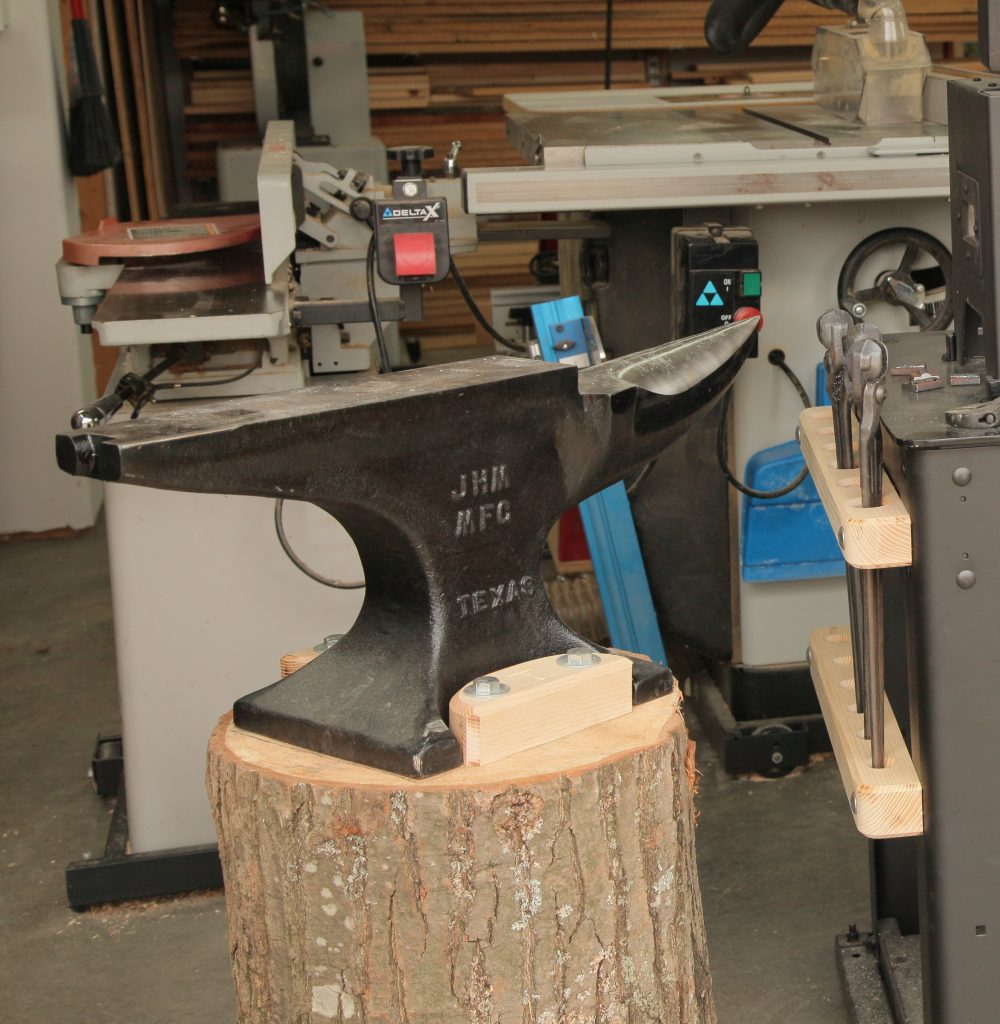
As important as a forge is for the process, an anvil is also crucial. You’ve got to have something solid to pound metal against. As I was shopping for a new anvil, I discovered something that can save you money.
Despite my best efforts to buy from a domestic Canadian supplier, prices were much higher than what I found from one anvil manufacturer that sells directly to the public. Even after paying for shipping from the US, the $580 street price of my 125 lbs. JHM Journeyman anvil from Anvil Brand (800-365-8202) still worked out to be less than anything else I could find closer to home. Quality of the JHM is excellent too, excellent in a way that might surprise you.
If you’ve never forged before, you won’t realize that the shape and bounciness of the anvil is just as important as its weight. Hammers bounce upward nicely after each blow on the JHM, making the forging process easier. Not all anvils work this way. I have my anvil fastened to a section of oak log for use. The height of the working surface of your anvil should be the same height as your knuckles when your arms are hanging down loose.
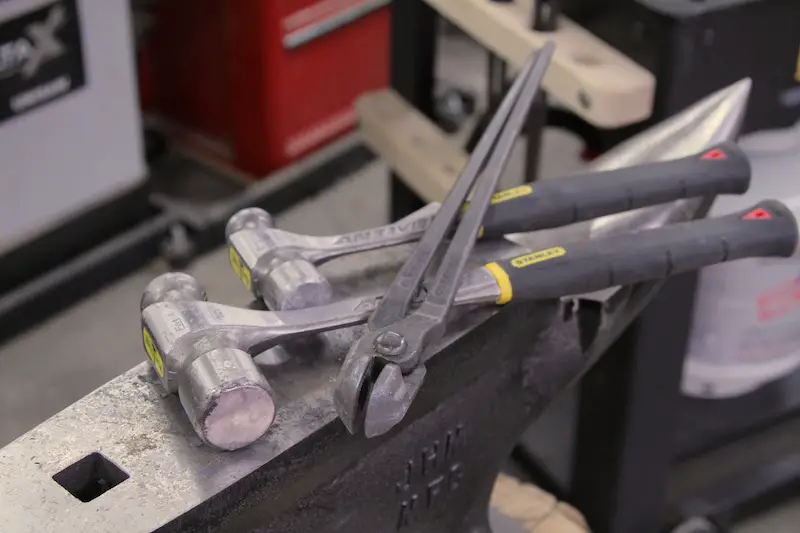
Tongs are the tools you use to hold red hot metal while moving it to and from the forge, and also while shaping it on the anvil. Tongs are rated in sizes – 1/4”, 3/8”, 1/2” are common – with the number referring to the thickness of metal the tongs are sized to grip. The Mustad brand tongs I bought work perfectly. I bought them from the Anvil Brand people, too.
Hammers are the last thing you’ll need for forging, and my favourites are 16 and 32 ounce ball peen models made by Stanley. They’re available everywhere that sells Stanley tools, though some outlets will need to order them in. Unlike traditional wood-handled forging hammers, these have metal handles for durability and a rubber grip that cushions against shock.
My workshop is a multi-purpose space, so I modified a DEWALT rolling tool stand to support my forge, the propane tank and my hammers and tongs. People who see my rig at shows wonder when DEWALT started making portable gas forges. They haven’t, but my set up looks like they did.
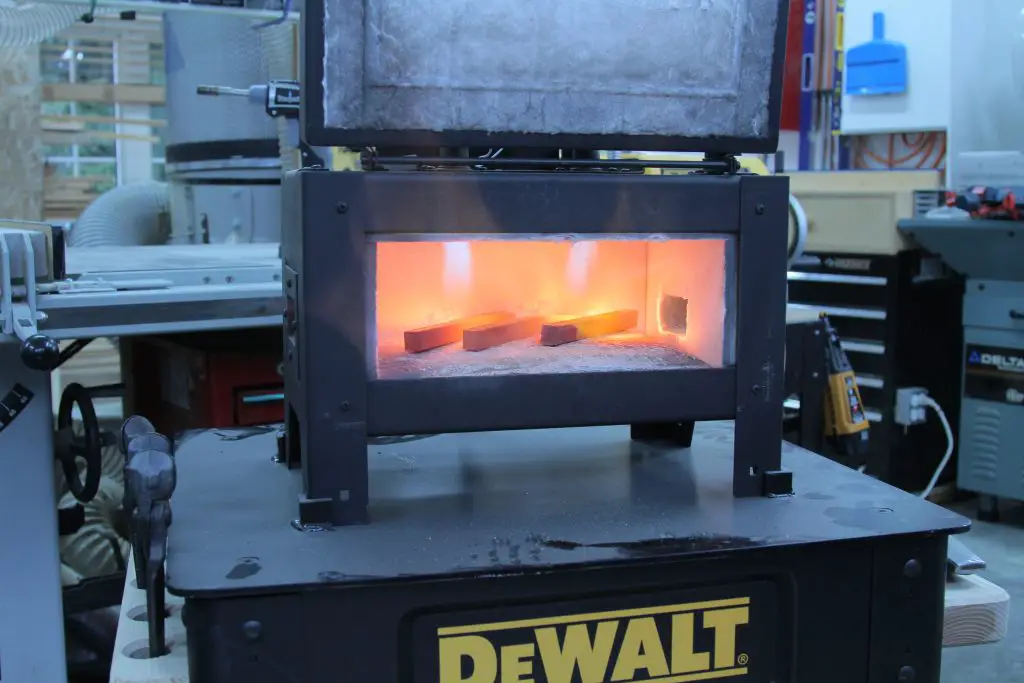
Whenever the need to slip into blacksmith mode arises, it’s easy. Simply a matter of rolling out the forge, sliding out the anvil, sparking up the propane and connecting to a kind of excitement that makes me feel like a kid. You should try it sometime.